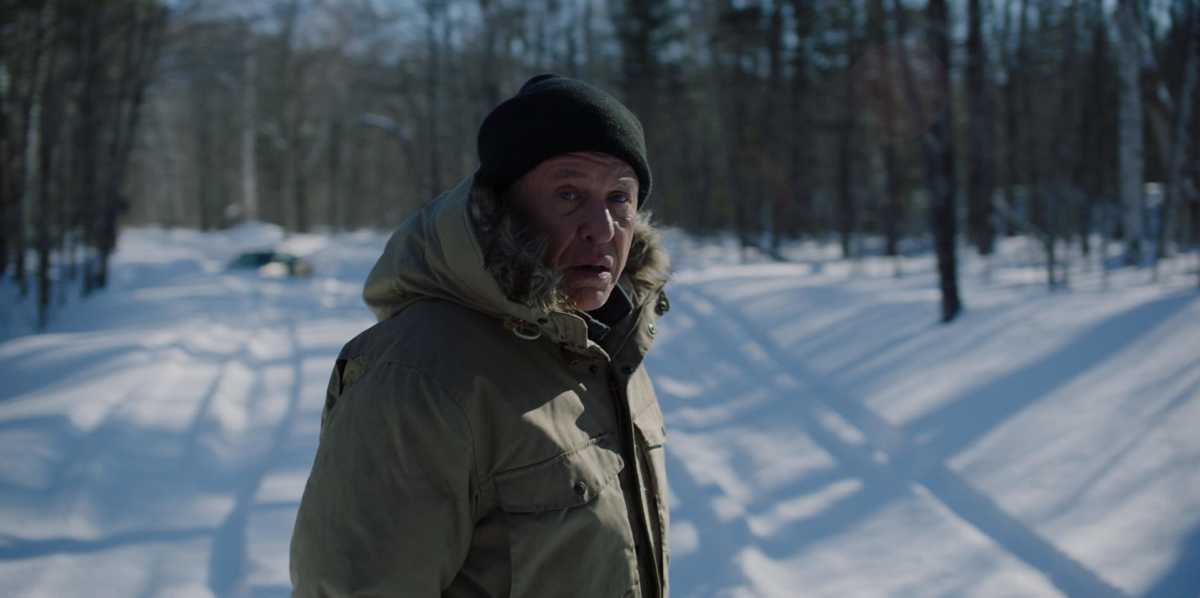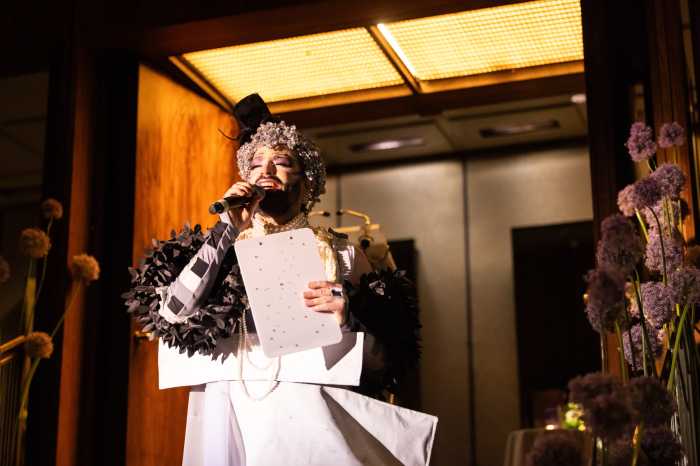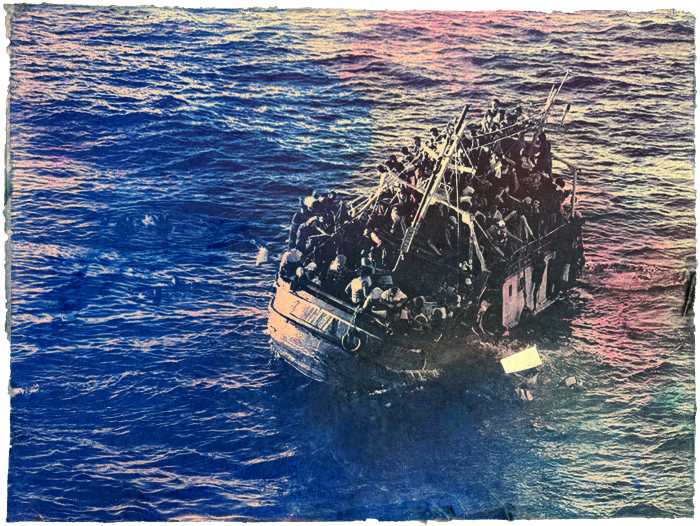There’s a reason why the thrill of a chase makes for an intensely entertaining movie. In John Barr’s first feature film, ‘Blood and Money,’ audiences will be put in the middle of an intense game of cat and mouse like never before. Jim [Tom Berenger] a traveling and seasonal hunter, happens to come across a body in the woods with a bag full of cash, and in one split second, a decision he makes ends up altering his life in ways he never could have imagined.
Writer/director John Barr has had plenty of experience in the film world working with award-winning cinematographers on big-time movies, but this project in particular hit a personal note for him, and what Barr hopes people get from the story is not just an action-packed adventure, but a relatable plot that will hit home for them as well.
You have plenty of experience on a film set and even directed your own short film—what made you want to make that jump into directing a feature film?
The short film was definitely proof of ability, for lack of a better phrase. Four, five years ago, I definitely wanted to make my way into directing, it was something I felt like I needed to do. It is very difficult to get a feature off of the ground, just with financing, so credibility goes a long way. Making that short film was just a stepping stone to get the credibility to get the feature off the ground.
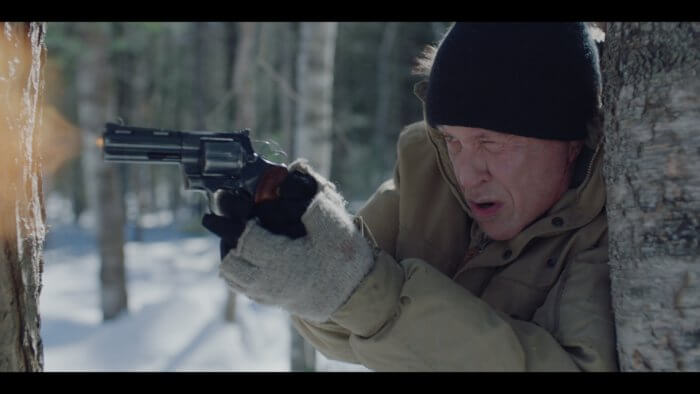
What was it about this particular story that made you say, yes I want to direct this?
This story ‘Blood and Money,’ Berenger plays a character that is inspired by my father so I kind of leaned on that aspect of my life to get inspiration, and that’s how it evolved. Interestingly enough, this is how my dad lives to this day—he hunts and fishes, that’s his whole motivation for staying alive really. He lived in that RV, the RV that’s in the film is actually his, and his life revolves around the seasons. Fishing is starting up in Maine right now and that lasts through the summer, and hunting kicks up in November—that’s basically a cyclical world for him, based on these seasons. [With] Tom Berenger’s character in the film, there are many of elements of my dad that are carried over to his character.
What was it like shooting with the winter elements? Did it pose any challenges?
It did. Suza Horvat [producer] and I were in Maine since December prepping this film and we didn’t shoot until March, so I had a really good jump and quite a bit of time to plan out everything. Maine did have one of the heaviest snowfalls it’s had in decades, so basically we had to figure out where we were shooting and then had snowmobiles go and pack down the snow of where we would actually be walking. If you deviated from the path two or three feet in either direction you would be up to your waist in snow—so it was pretty interesting. Then the water scene, that whole pool changed so many times over the course of prepping the film. It was once completely covered over with ice and then it slowly receded because the temperature fluctuated, there were a lot of elements that constantly changed. But, for the most part, it definitely had its challenges, but I think we had a good plan going into it, so it helped a lot. I think the biggest challenge were the people from LA who came to help me and had never really been in the snow before—that was really difficult for them.
Were there any challenges with directing that maybe you didn’t anticipate?
I don’t think so—I’m sure there are that I can’t remember, because once you’re in the zone you’re just kind of on cruise control and you just go through it, but I did make it a big point to get to know Tom before we started the film. We would go down and visit him in South Carolina for a few days and talk about the character and I think that was hugely important because once we started shooting, there could be a lot of nonverbal communication between us. I would have loved to have had a month straight with him before shooting, on the size of the film that we had, it just wasn’t an option. So we did what we could to be as comfortable and familiar with each other as we could have before we jumped into shooting. [Also] John Rusk [first AD], he’s worked on every M. Night film going back to ‘The Sixth Sense.’ We got on a call two months before we were shooting the film, he was recommended by a friends of the producers, and John who does these big films, came to Maine and did this small little film with us.
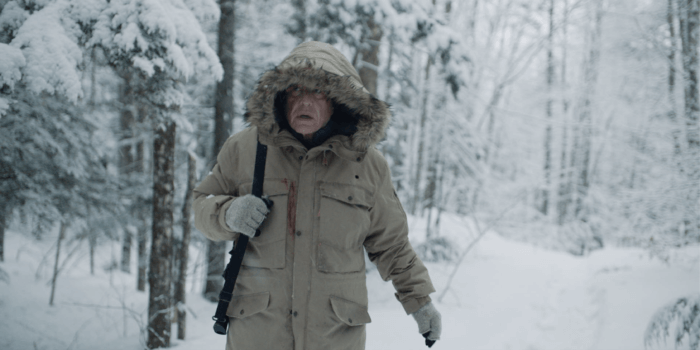
Having all your film experience, what do you think that helped with directing-wise?
I was a gaffer, which is the cinematographers right-hand really, and I’ve worked with so many great Academy-Award winning cinematographers. That knowledge is invaluable. I think going into it as a cinematographer and understanding writing and composition and blocking—all of those contribute and make my life easier when it comes to directing, because a lot of that stuff is just second nature to me at this point. Having the camera on my shoulder, a lot of it was hand-held, I could get really close to the actors and just communicate with them by whispering or whatever the situation dictated.
Why do you think audiences always come back for these films with cat and mouse type of chases?
I think for me personally, I sometimes imagine myself oddly in situations like that. What would I do or how would I behave? I think that it’s similar for a lot of people I would imagine. I think it starts with that, imagining yourself in that position and what you would do. I think the winter landscape adds another element to it too. If you would imagine it taking place in the summer maybe it wouldn’t have been like that. Jim could have walked out of the woods at that point or I feel like that threat of freezing to death, hypothermia, being shot and dying in the snow, I think that adds another layer to the story for the character.
Are there any scenes from shooting that stand out to you in particular?
There are so many. Paul [Ben-Victor] is a very good friend, he was doing a play in New York and came up for the day basically and shot that checkpoint scene where he and Berenger have a conversation. That was great and that was the end of week one, so to have Tom for the first four days and then a good friend come in on that Friday to end the week was really special. All the action elements were really strong [too], with the water scene with Tom and then the stunt double in the water, it was really intense and amazing. But there really are just so many—those are just a few.
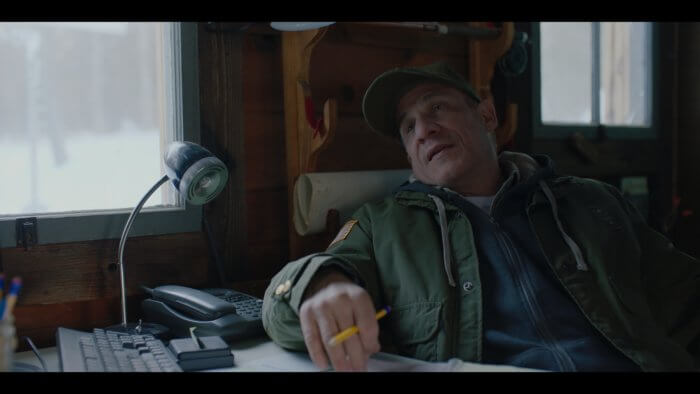
What do you hope audiences do take away from the film?
Obviously, the action elements I think help fuel the story all the way to the end, but there are a lot of underlying elements going on. There’s guilt with Jim, there’s redemption and then ultimately hope at the end for Debbie. I think there are a lot of relatable elements—there’s alcoholism which is prevalent in so many people’s lives, and I would love for people to relate to it and see part of themselves in it and know that they’re not alone. I think at the end of the day, we all make mistakes and we all deserve second chances.
‘Blood and Money’ drops on Video on Demand May 15.



